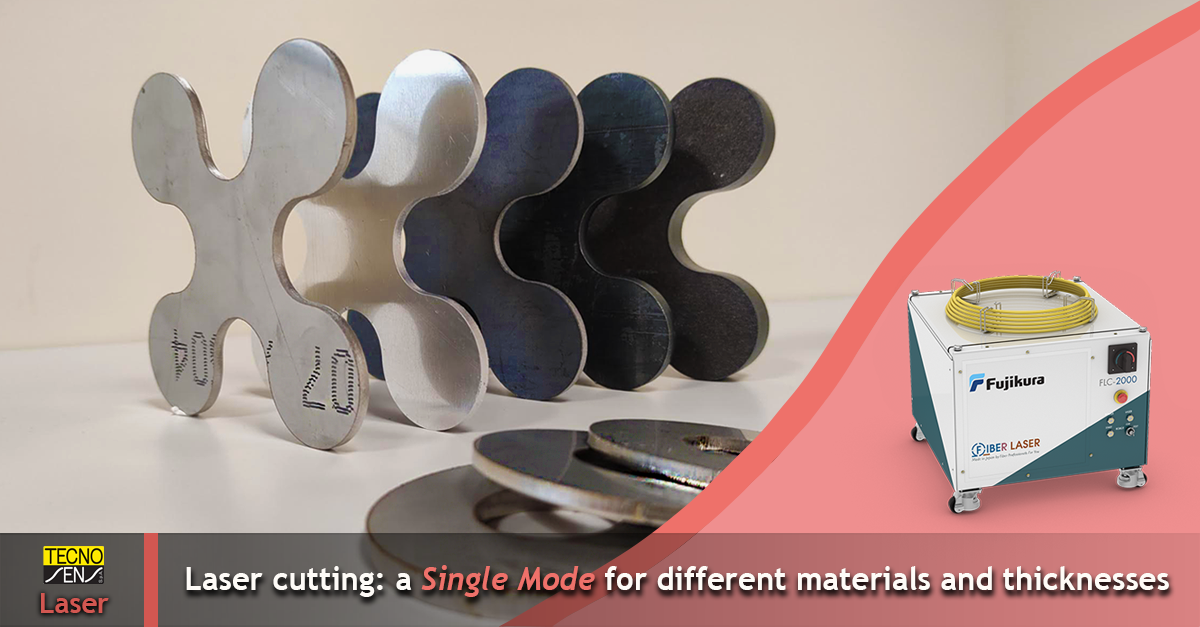When talking about laser cutting applications, a choice between Multi Mode (MM) and Single Mode (SM) lasers must be made. While MM lasers seem to be the better solution, it is not always the case – SM lasers can cut faster and be more precise. Nonetheless, SM lasers are often discarded because they are more delicate and only suitable for cutting thin materials.
But is it really so, or is it a bias promoted by the manufacturer? Let’s debunk some myths about SM lasers!
Do SM lasers have short delivery fibres?
SM lasers need a small-diameter optical fibre to propagate a Gaussian beam: the smaller the diameter, the higher the laser power density and the thinner the cutting kerf.
To reduce the accumulation of nonlinear effects inside the optical fibre, short delivery fibres are generally used. That is, of course, a limit during the installation of the laser source inside a machine. Thanks to its expertise in the manufacture of optical fibres, Fujikura solved this issue and can deliver CW 2000W SM laser sources with delivery fibre longer than 10m!
Are SM lasers more affected by back-reflection?
SM lasers are usually known to be more affected by back-reflection – a condition where the emitted light changes direction in the fibre and returns to the source. This can lead to power instability during the process and even to failures at CMBU (combiner unit) and FLU (fibre laser unit) through the beam delivery.
Back-reflection is a problem that should not be taken lightly. However, it mostly depends on the quality of the optical fibre used. Fujikura’s fibres are specifically designed to offer a high level of protection to back-reflection at the core and cladding layers. This translates into greater output power stability and, consequently, to flawless processes and homogeneous surfaces, even with highly reflective materials.
Can SM lasers just cut thin sheets?
Like MM lasers, SM lasers can cut thick sheets of material – the real question is, how thick?
Depending on the material and the right assist gas (usually nitrogen or oxygen), a soft-/middle-power laser (about 500 W) can cut up to 33 mm-thick sheets. This limit depends on the cutting kerf: since the cut width with an SM laser is very narrow and with thicker sheets, it becomes really difficult to remove the dross through it.
Generally, both feed rate and execution quality are the most important targets of a cutting process - Fujikura SM lasers can increase both.
